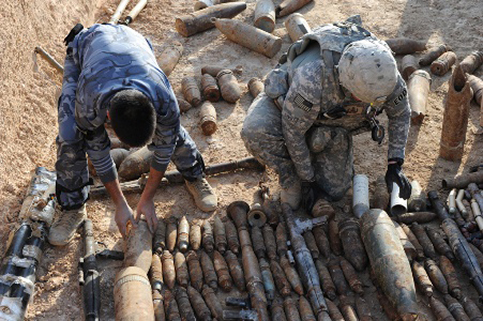Public Health
Chemical weapons – History and future plans for exposed Veterans


Source: Army Public Health Center, U.S. Army photo by Spc. Gary Silverman
VA and the Department of Defense (DoD) are currently engaged in a joint effort to develop long-term plans for addressing chemical warfare agents (CWA) and weaponized toxic industrial chemical exposure, including plans for medical follow-up, surveillance, risk communication, benefits, and outreach.
DoD tested CWAs on thousands of service member volunteers between 1922 and 1975. They recruited service members on a volunteer basis, but the details of the associated risks were not fully understood at the time.
DoD sent a letter to approximately 3,859 identified Veterans involved in testing, stating that medical care is available from the Army. This is in addition to any VA medical care that Veterans are already receiving or are entitled to receive. The Army will facilitate care at a VA facility if a Veteran wishes to continue using VA facilities.
For those who may have been exposed to CWA during current operations, including Operation Enduring Freedom (OEF), Iraqi Freedom (OIF), and New Dawn (OND), DoD has investigated any possible CWA contacts and identified 411 Service Members who may have been exposed.
Possible chemical warfare agents
Chemical weapons that OEF/OIF/OND Veterans may have been exposed to fall into four main categories: harassing, incapacitating, lethal, and blister agents. These vary in terms of onset and severity of symptoms and long-term health implications. Exposure to industrial chemicals that can be toxic if/when weaponized should also be considered for long-term follow up. The chemical and industrial agents most commonly encountered are:
- Nerve agents (e.g., Sarin, Tabun, VX)
- Blister agents (e.g., mustard, Lewisite)
- Respiratory agents (e.g., chlorine, phosgene, ammonia)
- Cyanides and blood agents (e.g., hydrogen cyanide)
- Harassing agents (e.g., tear gas)




















